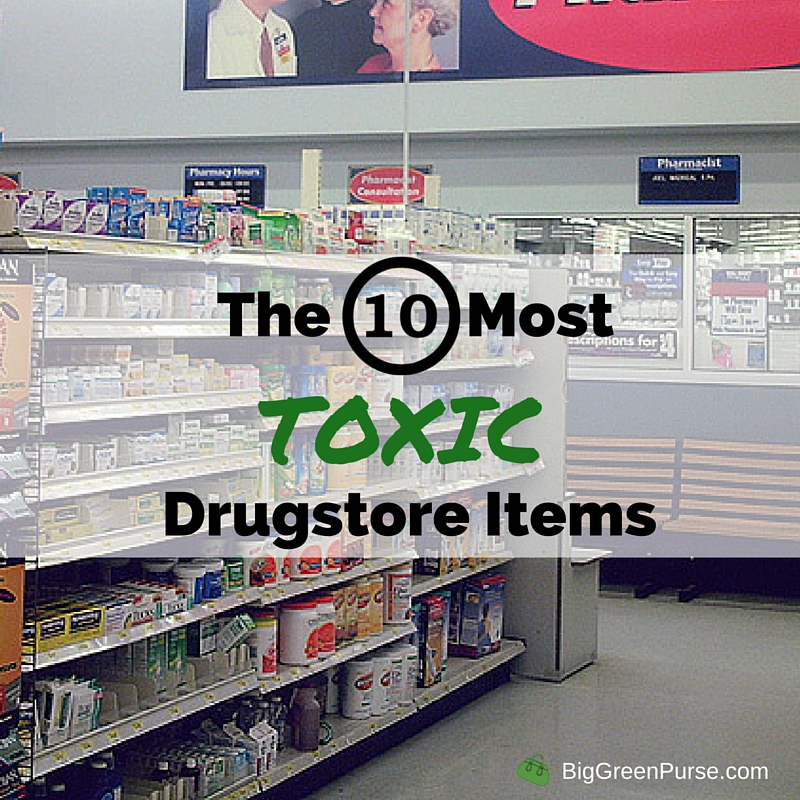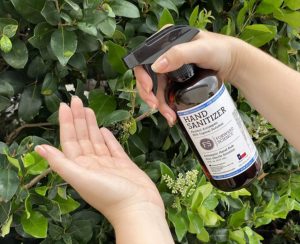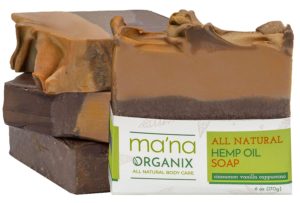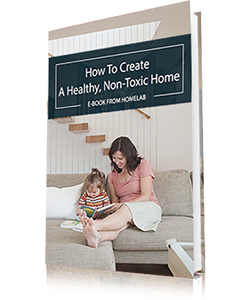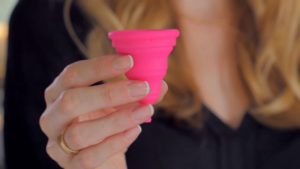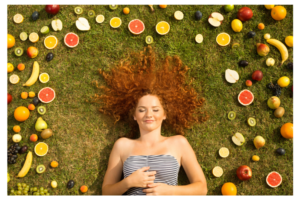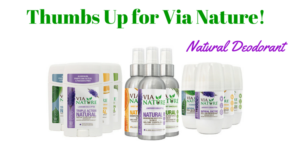Drugstores initially were places where we went to get medicine. While we may still get our prescriptions filled there, today’s drugstores also sell food, cosmetics, toys, office supplies, and home goods—and a surprising number of these items are the opposite of medicine. Many contain chemical compounds that can actually make us pretty sick if we’re exposed to them over time.
Here’s a rundown of some of the most toxic drugstore items that you should probably avoid—or at least cut back on—as well as healthier alternatives.
1 ) Tampons and Feminine Care Products
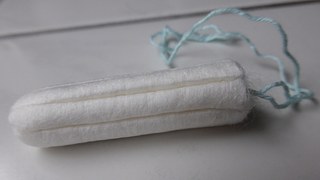
Safer Alternative: Skip products marketed as “vaginal cleansers.” The vagina is designed to self-clean; douching and excess washing, in fact, can lead to infections, says WomensHealth.gov. Choose unscented tampons, as well as chlorine-free bleached or unbleached cotton tampons and pads. Reusable, washable menstrual pads are also available, as are washable menstrual cups to collect rather than absorb menstrual flow.
2) Mascara
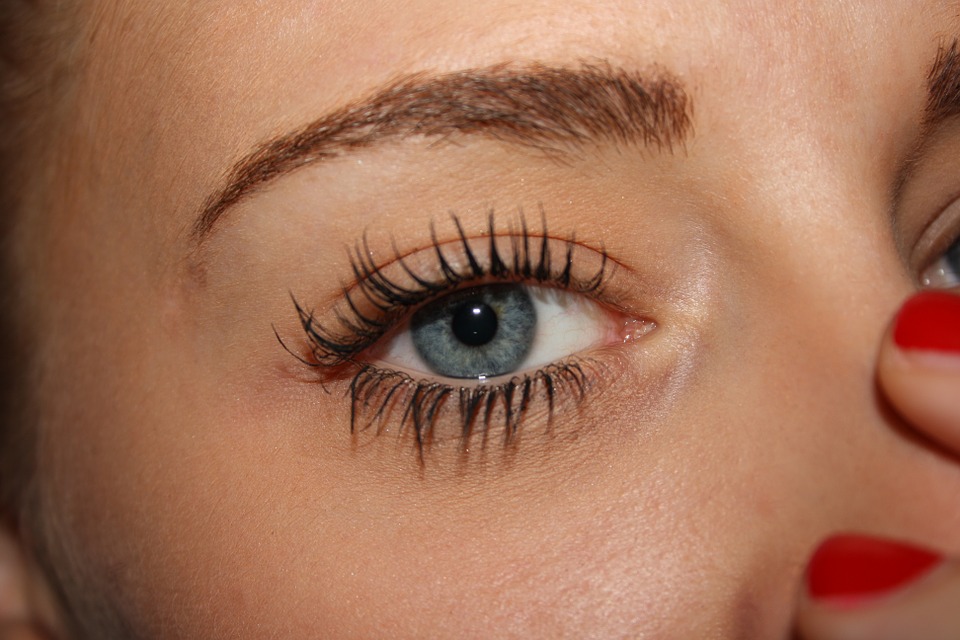
Stacy Malkan, co-founder of the advocacy group Campaign for Safe Cosmetics, says there is no reason “a known neurotoxin should be allowed” because safer alternatives exist. Unfortunately, there’s no way you would know whether your mascara contains mercury or not, because companies are not required to list it on their product labels.
Safer Alternative: To be safe, search online for “mercury-free mascara” or shop at natural foods stores. Or, try this recipe for making your own mascara.
3) Air Fresheners
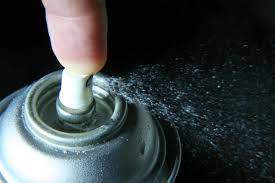
Once these chemicals enter the blood stream, they can alter hormone levels or cause symptoms like headache, runny nose and itchy eyes.
The State of California notes that five types of phthalates are “known to cause birth defects or reproductive harm,” reports the Natural Resources Defense Council. Exposure to phthalates in air fresheners has also been associated with increasing the risk of asthma.
Safer Alternative: First and foremost, root out what is making your home smell bad. Then open the windows and let fresh air circulate.
Keep bathroom floors and the base of the toilet clean, use fans to move moist air out of bathrooms so mildew doesn’t develop, and don’t leave old food on kitchen counters or in an uncovered trash can, where it will smell as it decomposes.
To add a pleasant fragrance to your home naturally, simmer cloves, orange peel, and apple cider or pieces of apple on your stove, and enjoy fragrant cut flowers like roses and lilies.
Don’t Miss: Indoor Air Pollution Solutions: 15 Affordable Actions to Help You Breathe Clean Air
4) Lipstick

The FDA believes that the amount of lead present doesn’t pose a safety risk, but is continuing to study the issue. However, the Campaign for Safe Cosmetics takes the position that almost any exposure to lead is unsafe and should be avoided.
Lead exposure has been linked to learning, language and behavioral problems, reduced fertility in both men and women, hormonal changes and menstrual irregularities, and delayed onset of puberty in girls and development of testes in boys.
“Lead builds in the body over time, and lead-containing lipstick applied several times a day, every day, can add up to significant exposure levels,” says Mark Mitchell, co-chairman of the Environmental Health Task Force for the National Medical Association.
Safer Alternative: Lead occurs naturally in the mineral additives that give lipstick their color, so it is hard to find any lipstick or lip gloss that doesn’t contain trace amounts of lead. Look for products that derive their colors from fruits rather than minerals, keep lips moisturized with non-petroleum based lip balm, and use less rather than more lipstick overall.
5) Hand Sanitizer
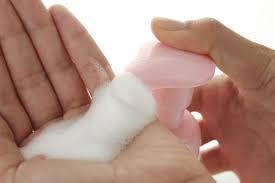
But in addition to having a negative impact on our hormone systems, many public health advocates worry that frequent use of this chemical is actually contributing to antibiotic-resistant bacteria and reducing our ability to fight disease.
Triclosan can also wash down the drain then build up in streams, lakes and rivers, where it can wreak havoc on the biological systems of fish, frogs and other aquatic wildlife. Plus, “antibacterial ingredients don’t kill viruses, which cause the vast majority of minor illnesses people experience,” reports WebMD. That includes colds, flu and stomach bugs.
Safer Alternative: Choose products free of triclosan, triclocarbon, and other antibacterial agents. Wash your hands thoroughly and frequently; it’s not the type of soap that prevents the spread of bacteria and viruses, it’s how you wash your hands. Lather up and rub hands together vigorously for 20 seconds, rinse well, and dry with a clean towel. Disinfect home surfaces using a solution of hot water, white vinegar, and borax. You can find WebMD’s recipe here.
6) Nail Polish
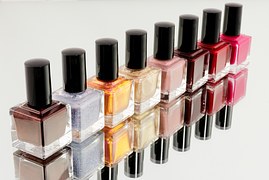
Safer Alternative: Some national nail polish companies have phased toxic ingredients out of their products; read the label to find “3-free” options (or “5-free” if they’ve also phased out additional undesirable chemicals). Refer to this list of 12 non-toxic nail polish brands. Or, trim, file, and buff your nails with a 4-way buffer block, then dab a little oil on each nail. You’ll be amazed at how shiny and healthy your nails look.
7) Kids’ Toys and Backpacks

Lead was detected in 35% of items tested, ranging from packs of cards to dolls to kids’ backpacks. Nearly 50% of toys tested were made of polyvinyl chloride (PVC) plastic, including balls, bath toys, animal figurines, costumes, and lunch boxes.
“PVC is generally considered the most hazardous plastic because it creates hazards in its manufacture and disposal, and contains additives that are dangerous to human health,” say the study’s authors in their report, “Toxic Toys.” Other toys contained heavy metals like cadmium, arsenic and mercury.
Safer Alternative: Choose toys made from wood, cotton, wool, and other real materials that are painted with non-toxic paint. Buy from reputable sustainable toy manufacturers like Plan Toys. Make your own “play dough” out of flour, salt, cream of tarter, a little oil, water and natural food coloring. Here’s the recipe.
8) Bottled Water
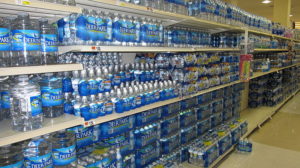
But in fact, much bottled water actually comes from the same sources as tap water, so you’re paying a lot more money for water you think is better for you but actually isn’t.
Plus, the bottles that the water comes in could pose a threat if the plastic contains Bisphenol A (BPA), a hormone disrupting chemical linked to breast and prostate cancer, infertility, and type-2 diabetes.
Safer Alternative: Get a stainless steel reusable water bottle and a filter for your tap so you can carry your own water with you. Keep filtered water in a pitcher in your refrigerator so it’s easy to fill up. Rely on canned food only in emergencies; otherwise, make extra food when you cook, then pack it into reusable glass or stainless steel containers that you can refreeze and reheat when you need it.
9) Cleaning Products
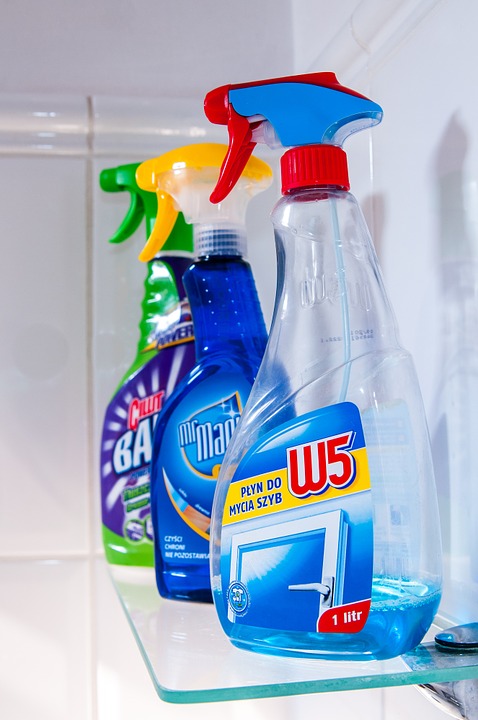
But most cleaning products contain chemicals so powerful they could clean up a toxic waste site.
Instead, they make our eyes itch and our noses run, trigger asthma, irritate our skin, and come with warnings like “do not inhale” or “use with caution.”
Safer Alternative: Choose plant-based cleansers, or make your own. A paste of baking soda, a little fragrance-free plant-based liquid dish soap, and warm water cleans countertops, walls, tile or linoleum floors and even the toilet bowl and ring around the bathtub.
Use a spray of vinegar and water to wash windows and mirrors, and a stronger vinegar solution to tackle mold or mildew. A dab of olive oil on a cotton towel will bring back the shine to stainless steel appliances. Microfiber cloths work better than furniture sprays to attract dust.
10) Canned Food
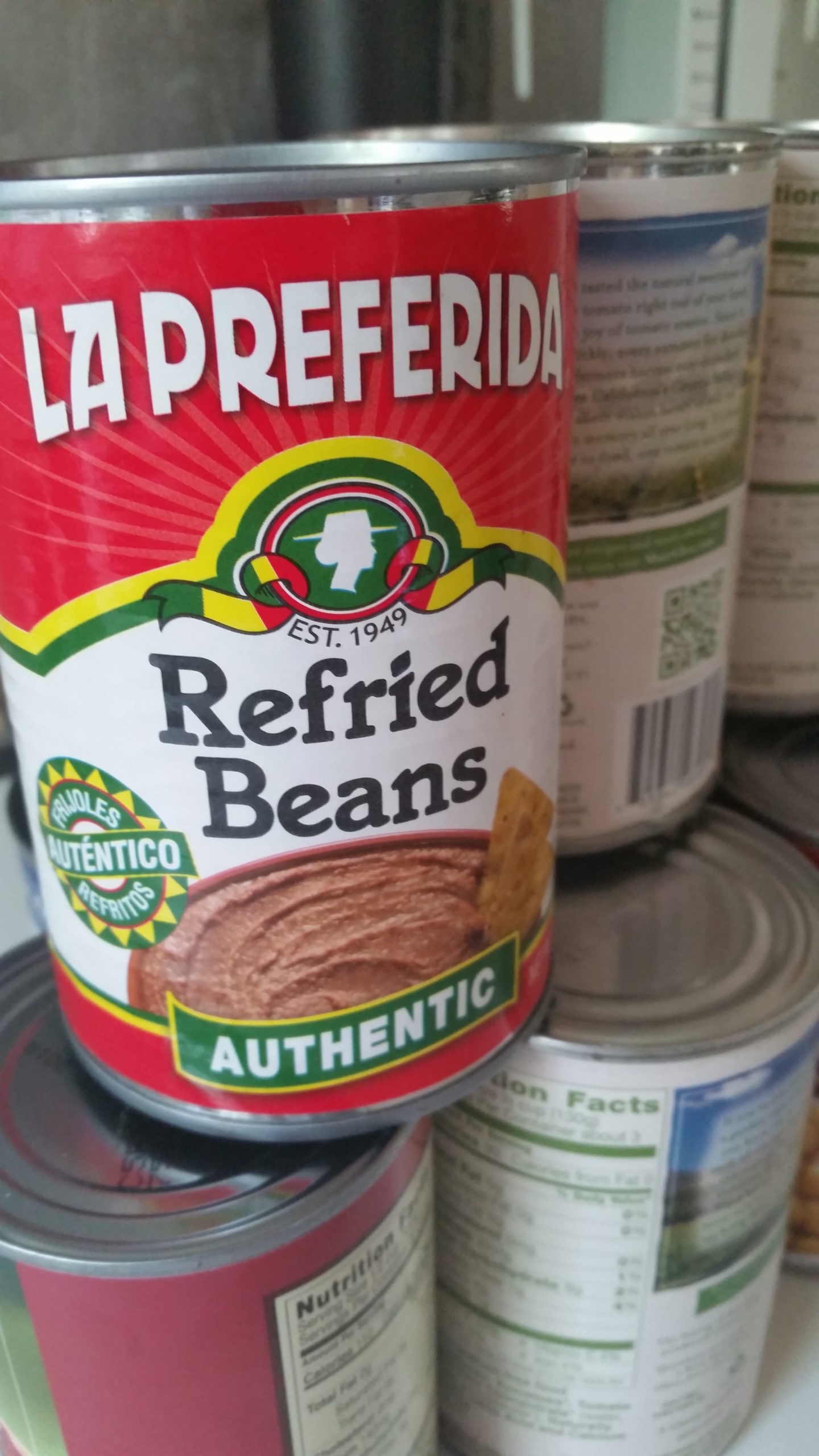
A new report from a coalition of health and environmental groups found that 100 percent of bean and tomato food cans tested at discount stores contained BPA.
Safer Alternative: If you have to buy packaged food, choose frozen over canned. Try to plan meals ahead using more fresh ingredients. Make double the amount when you cook a meal, then freeze the leftovers so you’ll have healthy food available when you’re crunched for time.
WOMAN’S DAY – I originally wrote this post for WomansDay.com. You can see the original story here.


